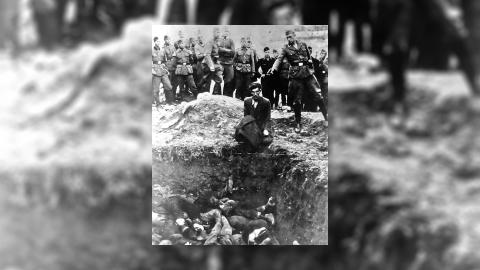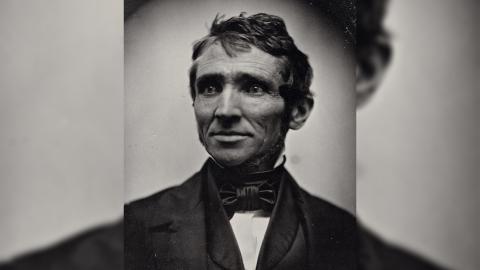Volkswagen’s “Dream Factory” opens in Resende, Brazil
On this day in 1996, a revolutionary new Volkswagen factory opens in Resende, Brazil. The million-square-meter Resende factory did not have an ordinary assembly line staffed by Volkswagen workers: In fact, the only people on Volkswagen’s payroll were the quality-control supervisors. Independent subcontractors were responsible for putting together every part of the trucks and buses that the factory produced. This process, which Volkswagen called the “modular consortium,” reduced the company’s labor costs considerably by making them someone else’s problem: The company simply purchased its labor from the lowest bidder. Eventually, Volkswagen hoped to export this new system to all of its factories in developing countries. In the modular consortium system, eight different subcontractors operated their own mini-assembly shops along the main line—MWM/Cummins built and installed the transmissions and engines, for example, while Ford Motor Company supplied the cabs—and each of those companies was responsible for installing and inspecting its own components. Any quality problems in the finished product were blamed on—and charged to—the subcontractor responsible.
The system was an enormously profitable one for Volkswagen. The company was able to negotiate very low rates from its subcontractors for parts and labor, so it saved money on every truck and bus that passed through the Resende plant and could pass those savings along to its customers. Meanwhile, competitors who did not use a subcontractor system had difficulty matching Volkswagen’s low prices. The Resende facility may have been Volkswagen’s “Dream Factory,” as some reporters called it, but for General Motors it was a nightmare. The mastermind behind the modular consortium idea was VW’s head of purchasing, Jose Ignacio Lopez de Arriortua, who had defected from GM three years before. When he left, he took millions of top-secret documents, plans and blueprints for a factory that GM called “Plant X”: a plant, GM argued, that was remarkably similar to the one VW ended up building at Resende. By the end of 1996, Lopez and VW faced industrial-espionage charge in Germany and the U.S., as well as a hefty GM lawsuit, which they settled for millions of dollars the next year. (Lopez resigned from VW and fled to Spain, his home country, which refused to extradite him for trial.) Today, some 4,500 people work at the Resende plant. In all, it has produced more than 300,000 trucks and buses.








